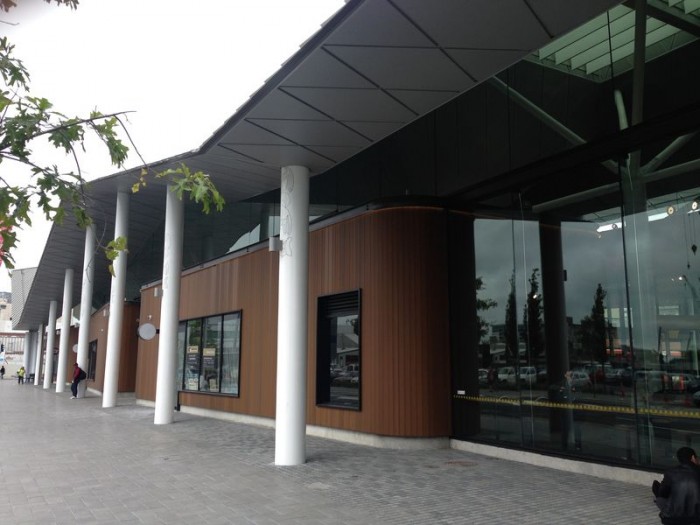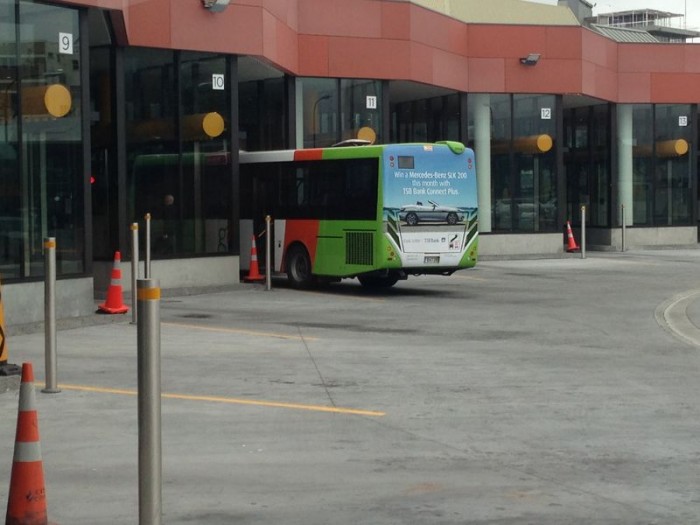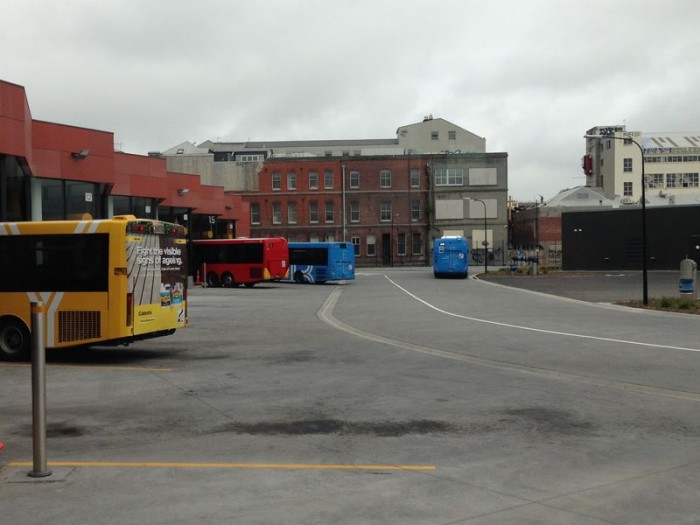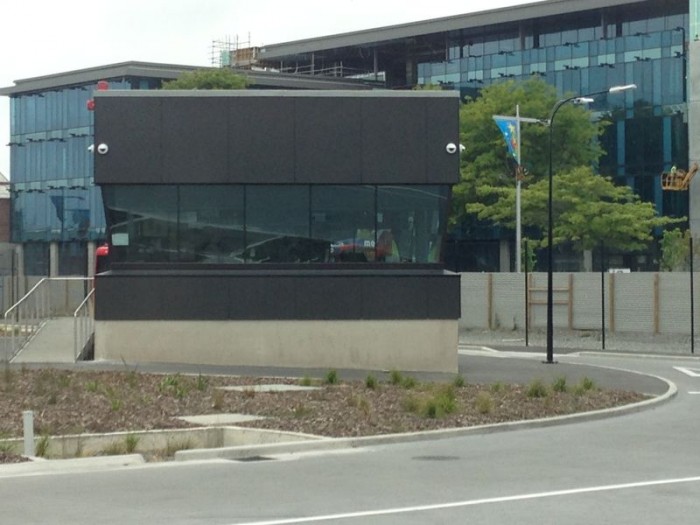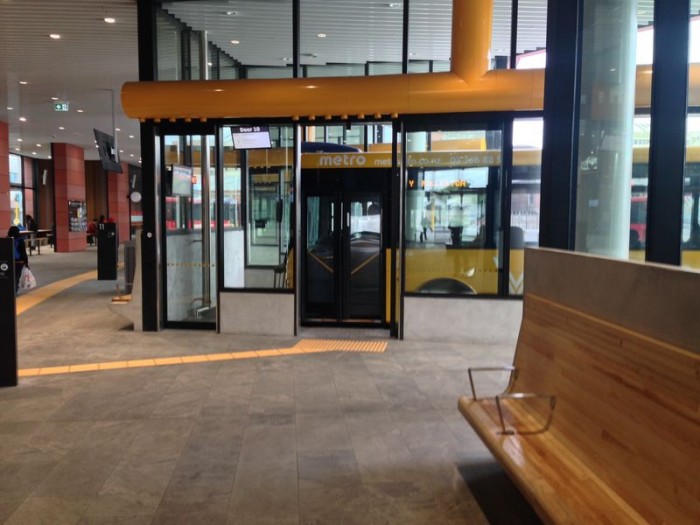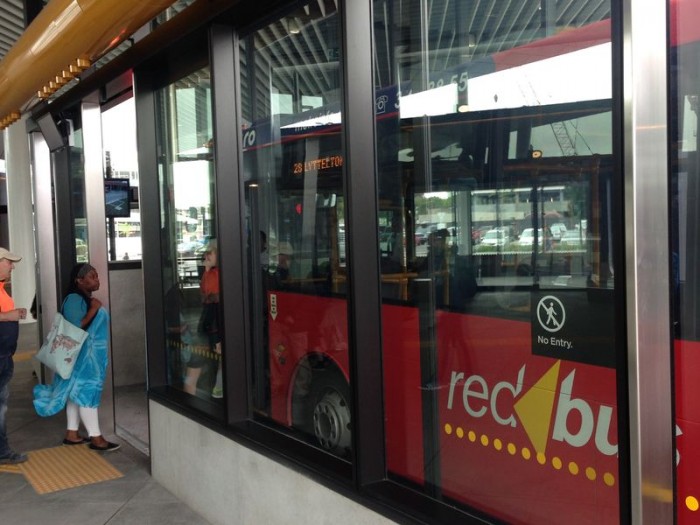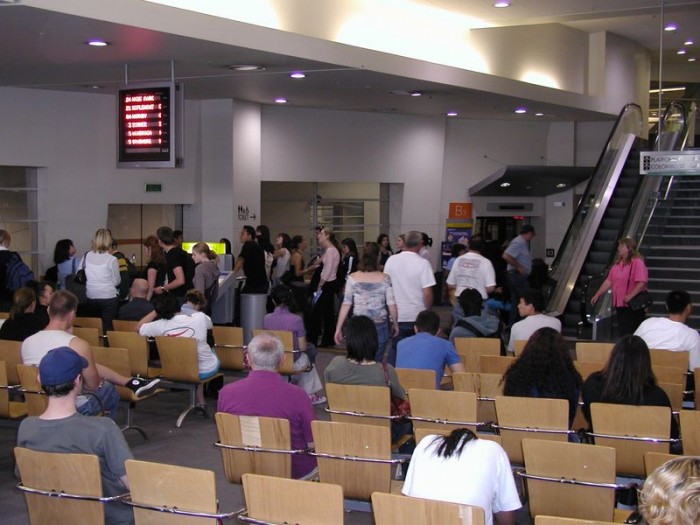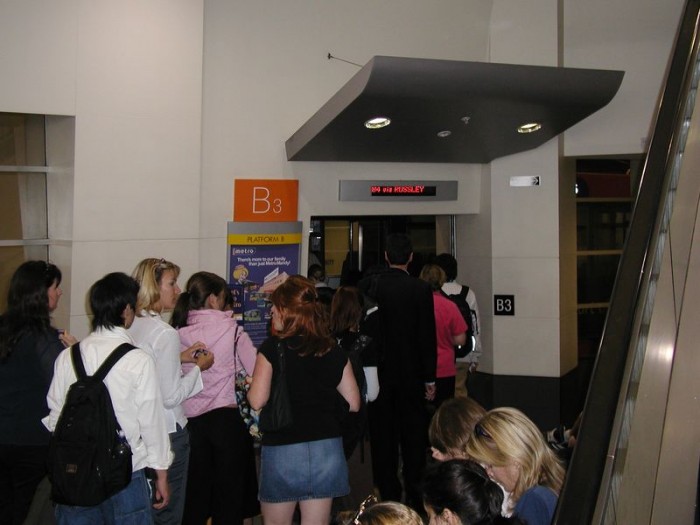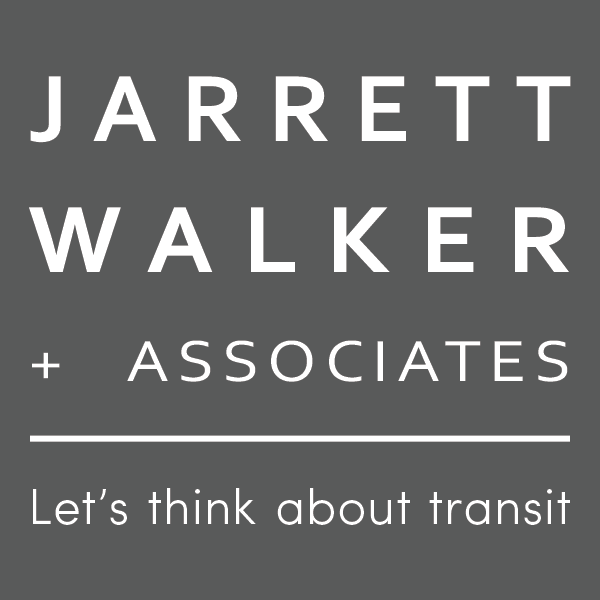 Our firm is busier than it has ever been, and we need to grow quickly to keep up with our demand. So I want to hear from transit planning professionals who’d like to be a part of it. If you’re not familiar with our firm, you can read about it here.
Our firm is busier than it has ever been, and we need to grow quickly to keep up with our demand. So I want to hear from transit planning professionals who’d like to be a part of it. If you’re not familiar with our firm, you can read about it here.
This is not a specific job listing with a specific deadline. Instead, it’s a general notice of interest, which will lead to one or more hires whenever we find the right match and can make a deal that both of us are excited about.
Are you a working transit planner (in consulting or public sector) who’d like a more exciting and adventurous job where your advancement depends entirely on your own skills, creativity, and initiative? Would you like the chance to grow a strong public profile? Read on if you:
- … have a track record of successful project management. This can be either in consulting or the public sector.
- … have over 2 years of marketable transport planning and/or policy experience. Direct network planning experience is ideal but adjacent experience (e.g. transport policy, wayfinding, multimodal planning, corridor studies) can be workable if you are strong on other factors. In any case, the key word is marketable. Your resume, as it stands now, must make you interesting to clients as a key part of a consulting team, and also show us you’re ready to handle a diversity of transit planning situations.
- … know a bit about our work and reputation, and are generally supportive of our approaches to things. Reading a bit of my book, or this blog (try the Basics category), or one of our recent reports (like this one), will tell you if that’s you.
- … are willing to locate (at least temporarily) in Portland, Oregon. If you are (or want to be) elsewhere in the US, we are open to deals where you come to Portland for some intensive time, make yourself indispensable, then set up an office on your home turf, but this sets a higher bar for your qualifications. Our strong preference is to have you here, with us, exchanging ideas and influence in that casual way that only comes from seeing each other. It must be legal for you to work in the US without major hassles for us apart from a letter of sponsorship. (This is easy for Canadian urban planners but we haven’t researched other countries.)
- … can show strong experience with synthetic thinking. Synthetic means putting things together. It’s the opposite of analytic, which means taking things apart. Analysis skills are important too, but you thrive in situations where there are several criteria of success that can’t be converted into a single measure, so you need to come up with ideas that solve several problems at once. You also enjoy leading others through this kind of thinking, encouraging them to contribute solutions while keeping them on task.
- … are good at explaining and engaging. You’re good at public speaking and other interactive events, or think you could grow into that. Perhaps you aspire to do some of what I do, building a national and international reputation as an explainer, not just a technical expert.
- … can handle travel, much of it interesting. We are a national and international practice. Mostly our clients are all over North America, but we also have strong relationships in New Zealand and Australia, and are currently working in Russia and Iceland. I travel about 1/3 of the time (and that’s my limit). The more senior you are with us, and the more you want to grow into a role like mine, the more likely it is that you would too.
It is an especially exciting time to join our firm, because we’re growing from a very small base, and that means two key things. (1) You will have a lot of influence on the firm’s next few decisions (I consult heavily with staff and love to delegate) and (2) you will have the opportunity to work on lot of different things.
Compensation and benefits? For the right person, we will make the right deal based on your experience and salary history. If you are used to a government job, moving to consulting is almost always a step down in benefits, but often a step up in challenge and opportunity for advancement. If you’re already in consulting, we will be more likely to match your salary and benefit history, at least after 3-6 months. We prefer to hire a little low and then give steep raises in the first year; raises of over 20% in one year have been common for excellent staff.
Deadline? As soon as possible, but if this post is still here, it means I’m still interested in hearing from you, because we may make decisions at any time, and we may hire one or several people.
Obviously, we do not discriminate based on race, ethnicity, religion, national origin, gender, sexual orientation, gender identity, disability, or any other trait that would not be relevant to your success, and we encourage applications from across all of those dimensions of diversity.
If you think this is you, and you’re interested, send me a resume, cover letter, and some samples of your best work (reports, images, audio, video) using the little envelope icon in the menu bar above. If you think this might be you, but you have questions, use the same email.
Thanks for reading! Please spread the word!
